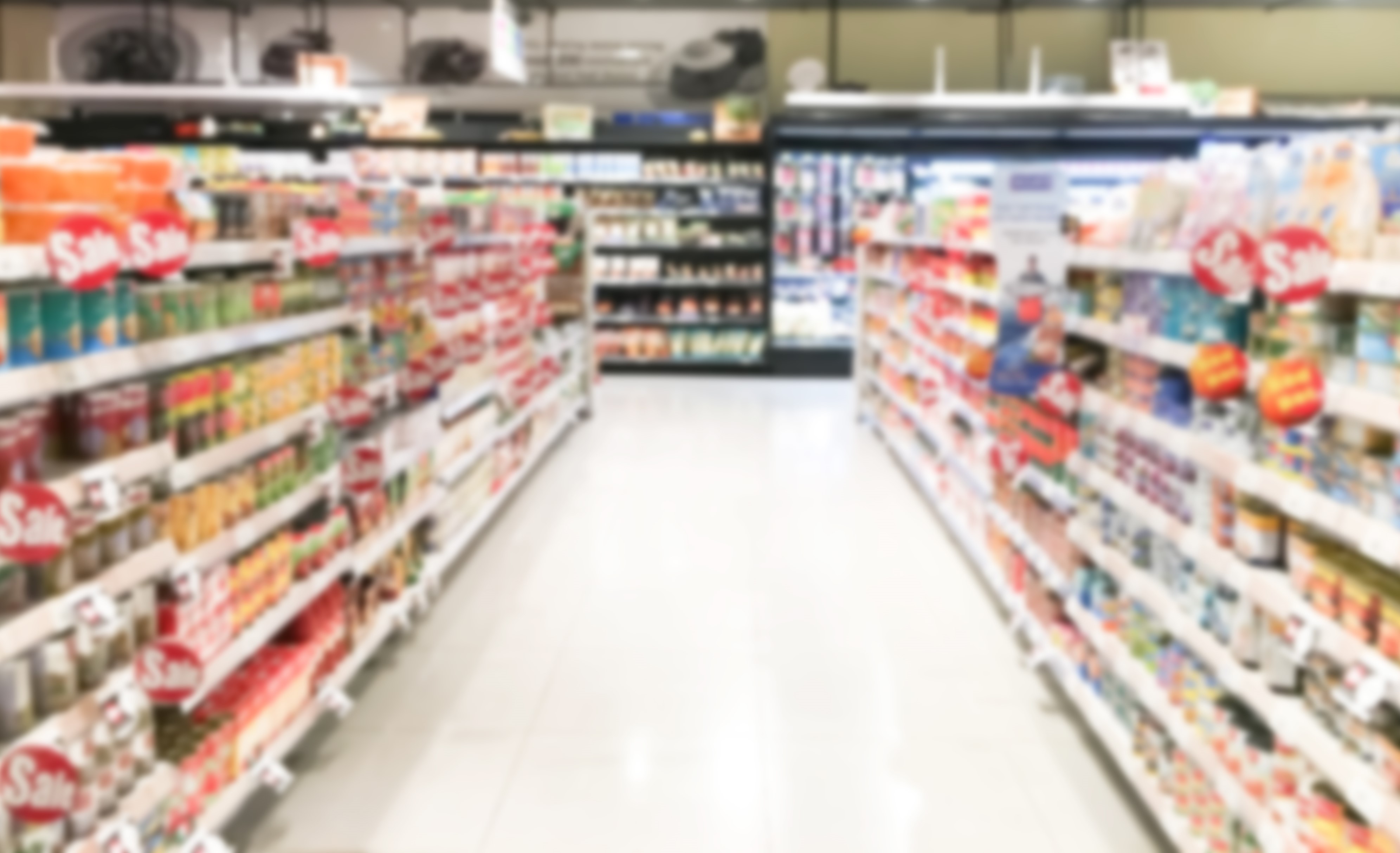What makes packaging “food safe”?
Food safety has always been at the forefront of consumer concerns, but all the more so over the past few months. A number of studies have shown that as a result of the 2020 health crisis, people are paying increasing attention not only to what goes into not only food products themselves, but also their packaging.
Over the past few years, concerns about potentially harmful substances leaching from packaging into food have been on the rise, leading to food and beverage companies seeking to communicate more clearly about what their packaging does and doesn’t contain. But what does “food safe” actually mean?

What are food contact materials?
As their name suggests, food contact materials are made to be in contact with food. This can include not only packaging, but also machinery (such as factory production lines) and devices such as coffee machines. There are many different substances they can be based on, including plastics, metal, rubber and paper. A lot of food packaging contains several different materials: juice cartons, for example, often layer plastic, aluminium and paper.
Because of a process known as “blooming”, in which molecules migrate from packaging material to its contents, stringent attention has to be paid to ensuring that packaging materials pose no danger to human consumption.
Who makes the rules when it comes to food contact materials?
You’ve probably noticed the widespread "food safe" icon, which shows a fork next to a wine glass and indicates that a container is fit to contain food. It’s used in North America, Asia and Europe, especially to differentiate objects that could potentially hold food or beverages but shouldn’t, such decorative vases. Plastic packaging materials are identified using the ASTM International Resin Identification Coding System (RIC).
In the European Union, food contact materials are regulated by the European Commission, while in the United States, the Food and Drug Administration (FDA) is in charge of overseeing “food contact substances” (FCS). Other countries, such as China and Japan, are currently working to update and modify their regulatory frameworks for food contact materials.
What do regulators focus on?
While food safety frameworks still vary significantly across the world, regulating bodies focus on ensuring that food contact materials pose no danger to human health or significantly alter food composition, taste or odor. In recent months, authorities in the USA and EU have been paying particular attention to food safety for sensitive populations (such as children and infants), regulating controversial materials such as Bisphenol A (BPA), and expanding the use of recycled and recyclable materials in food packaging.
AR Metallizing offers a range of mono-material alternatives to multi-layer food packaging that are fully compliant with European Commission and FDA rules and food contact safe certified. To find out more about our products, drop us a line.